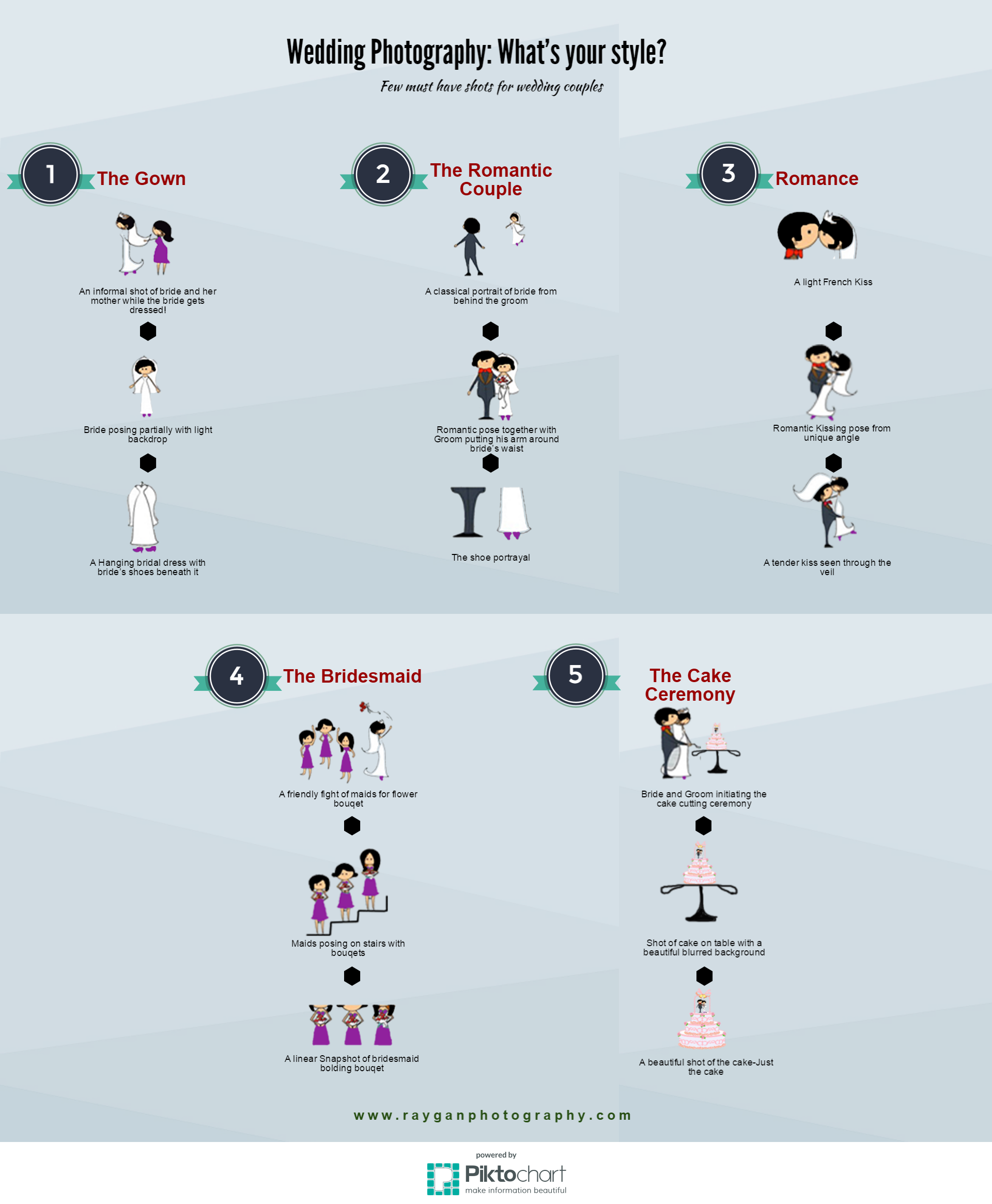Digital Photography Tips For Beginners: Understanding Your Camera In No Time At All
Digital Photography Tips For Beginners: Understanding Your Camera In No Time At All
Blog Article
Material Composed By-Barrett Didriksen
When you initially grab your electronic camera, it can really feel frustrating with all the settings and options offered. You might find yourself wondering just how to navigate aperture, shutter rate, and ISO properly. Grasping these principles is crucial, however there's even more to photography than just technical knowledge. Comprehending structure methods and illumination problems can boost your images significantly. So, suppose you could find out easy approaches to enhance your abilities and begin capturing excellent images quicker than you believe? Allow's discover how to transform your digital photography trip.
Comprehending Video Camera Settings
Comprehending your electronic camera setups is important for recording stunning images. When you grab your electronic camera, familiarize on your own with the three main settings: aperture, shutter rate, and ISO. Each plays a crucial duty in exactly how your pictures turn out.
Beginning with aperture, which regulates the amount of light going into the lens. A larger aperture (lower f-number) lets in more light and develops a lovely background blur, excellent for pictures. On the other hand, a narrower aperture (higher f-number) maintains even more of the scene in emphasis, perfect for landscapes.
Next off, concentrate on shutter speed. This setup identifies how much time your cam's sensor is subjected to light. headshot photo near me up motion, which is fantastic for activity shots, while a slow-moving shutter rate can create spectacular results like smooth water in landscapes.
Lastly, adjust your ISO. This setting influences your electronic camera's level of sensitivity to light. A higher ISO is useful in low-light circumstances yet can present noise or grain. https://blogfreely.net/carlo462elliot/uncover-the-essential-photography-gear-that-will-certainly-start-your for the most affordable ISO possible while still achieving correct direct exposure.
Composition Techniques
When you're out capturing, structure can make all the difference in exactly how your images reverberate with viewers. Begin by using the regulation of thirds; visualize your framework separated into nine equal areas with two straight and 2 upright lines. Setting crucial elements along these lines or at their intersections to produce equilibrium and interest.
Next off, think about leading lines. These all-natural lines in your scene, like roadways or rivers, draw the audience's eye into the photograph, assisting them via the story you're telling.
Do not forget framing; usage components within your scene, like trees or windows, to create a frame around your topic, including depth and emphasis.
Likewise, keep an eye on your history. go now can distract from your primary subject, while a straightforward one assists it stand out.
Last but not least, try out balance and patterns; they can produce a striking image that catches attention.
Learning Illumination Issues
Mastering lighting problems is important for catching sensational pictures, as the right light can change a common scene into something phenomenal.
Begin by observing all-natural light at various times of the day. Early mornings and late afternoons supply the best light, known as the golden hour. The soft, cozy tones during these times can boost your pictures magnificently.
Don't avoid cloudy days either; diffused light can lessen extreme darkness and develop a pleasing impact, particularly for pictures.
Experiment with backlighting by placing your topic versus the light. This technique can create a wonderful halo result and add depth to your photos.
Focus on your camera settings too. Change the ISO, aperture, and shutter speed to suit the lights conditions. A greater ISO can aid in reduced light, however be cautious of grain.
Utilize a tripod in darker settings to prevent blur.
Lastly, don't neglect man-made lights. Flash and continuous lights can be terrific tools for controlling light in challenging problems.
Final thought
Finally, grasping your camera doesn't have to be frustrating. By understanding your settings, applying structure techniques, and using the power of all-natural light, you'll promptly elevate your photography skills. Remember, exercise makes excellent, so go out there and try out your newfound understanding. With time and commitment, you'll be catching stunning photos that mirror your special perspective. discover this in the journey, and don't forget to have a good time while you go to it!
